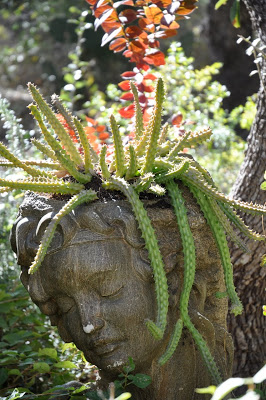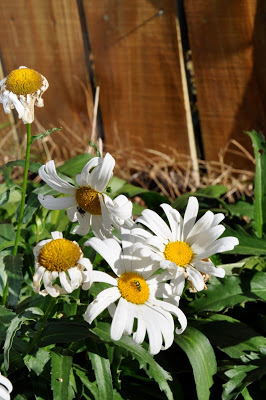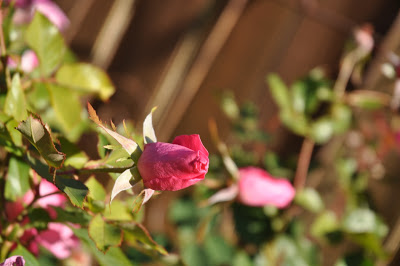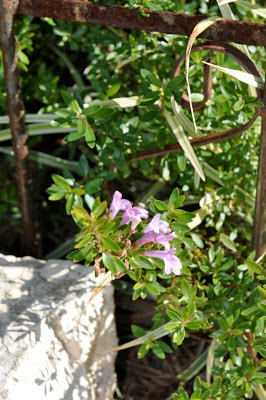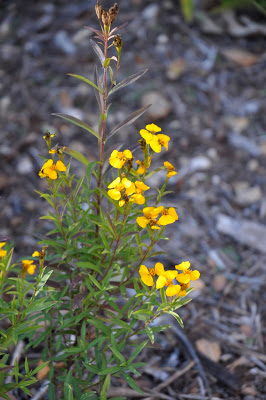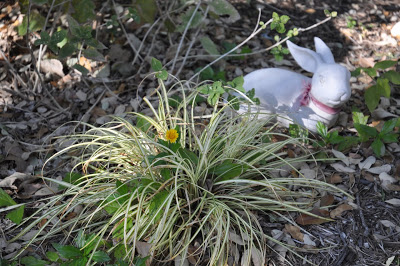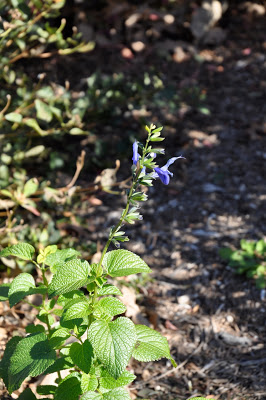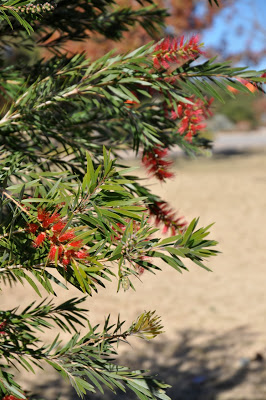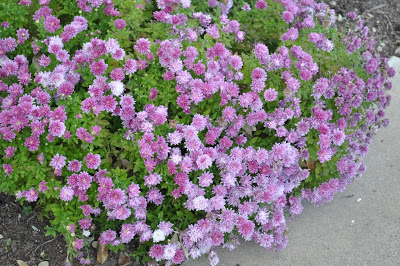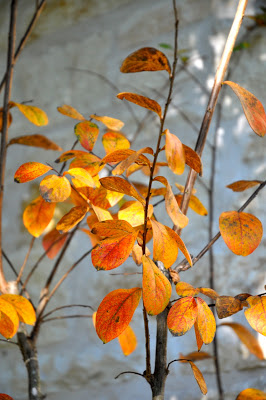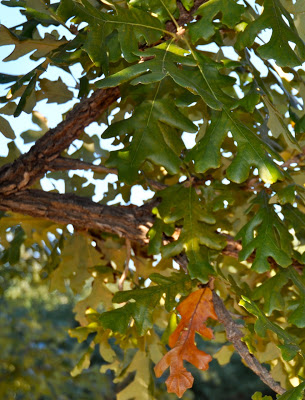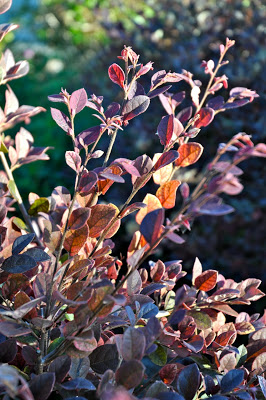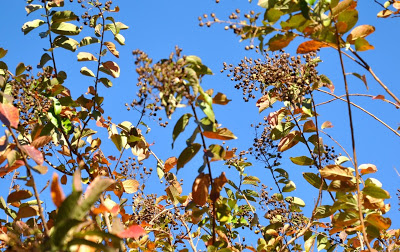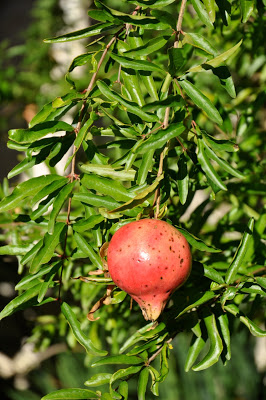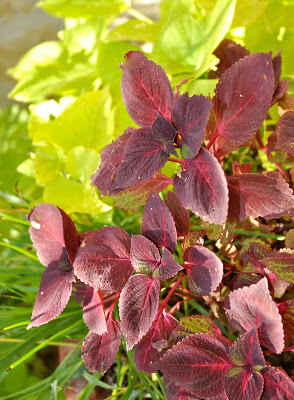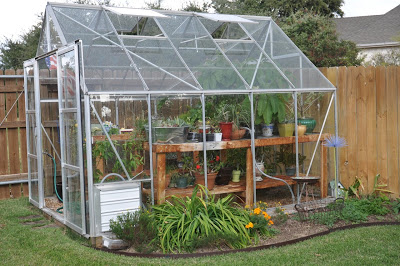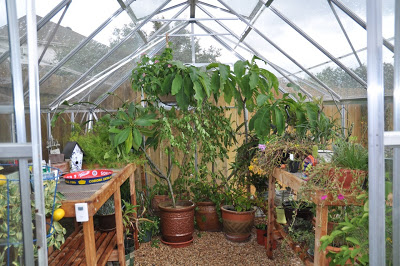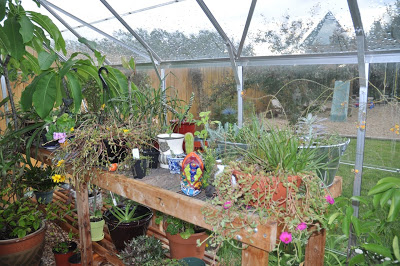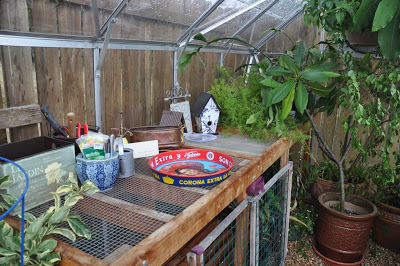Big Texas sky…
 As the saying goes, “Everything’s bigger in Texas.”
As the saying goes, “Everything’s bigger in Texas.”
Well, not really. We just like to think that all the lore surrounding Texas makes us bigger than life.
But there is one thing that’s indisputably big, and that’s the big Texas sky.
Sometimes it just takes my breath away. Last night I broke a land-speed record running back inside after closing the greenhouse. The sky was lit with flowing ribbons of pink and orange. And I just had to have my camera.
As my Oma would say, “Die Angel backen Kuchen.”
That’s an old German saying for “the angels are baking cake.”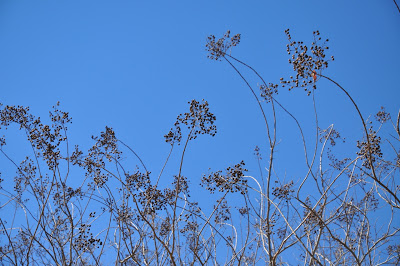 The mid-day sky is no slouch, either. Peering up through the row of majestic Crape Myrtles that line our driveway, the big blue sky looks like someone opened a can of “Vivid Blue” Martha Stewart premium paint and poured it all over the ceiling.
The mid-day sky is no slouch, either. Peering up through the row of majestic Crape Myrtles that line our driveway, the big blue sky looks like someone opened a can of “Vivid Blue” Martha Stewart premium paint and poured it all over the ceiling.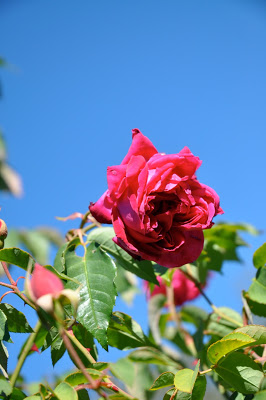 The ‘Maggie’ roses seem to pop out of the picture when given the big blue sky backdrop for their photo shoot.
The ‘Maggie’ roses seem to pop out of the picture when given the big blue sky backdrop for their photo shoot.
We may not have snow this holiday season. We may not even have cold weather (it was 82 at our house yesterday).
But we have a spectacular big blue sky.

